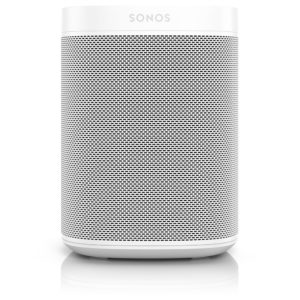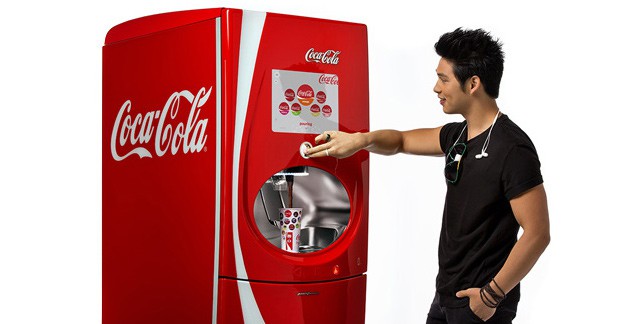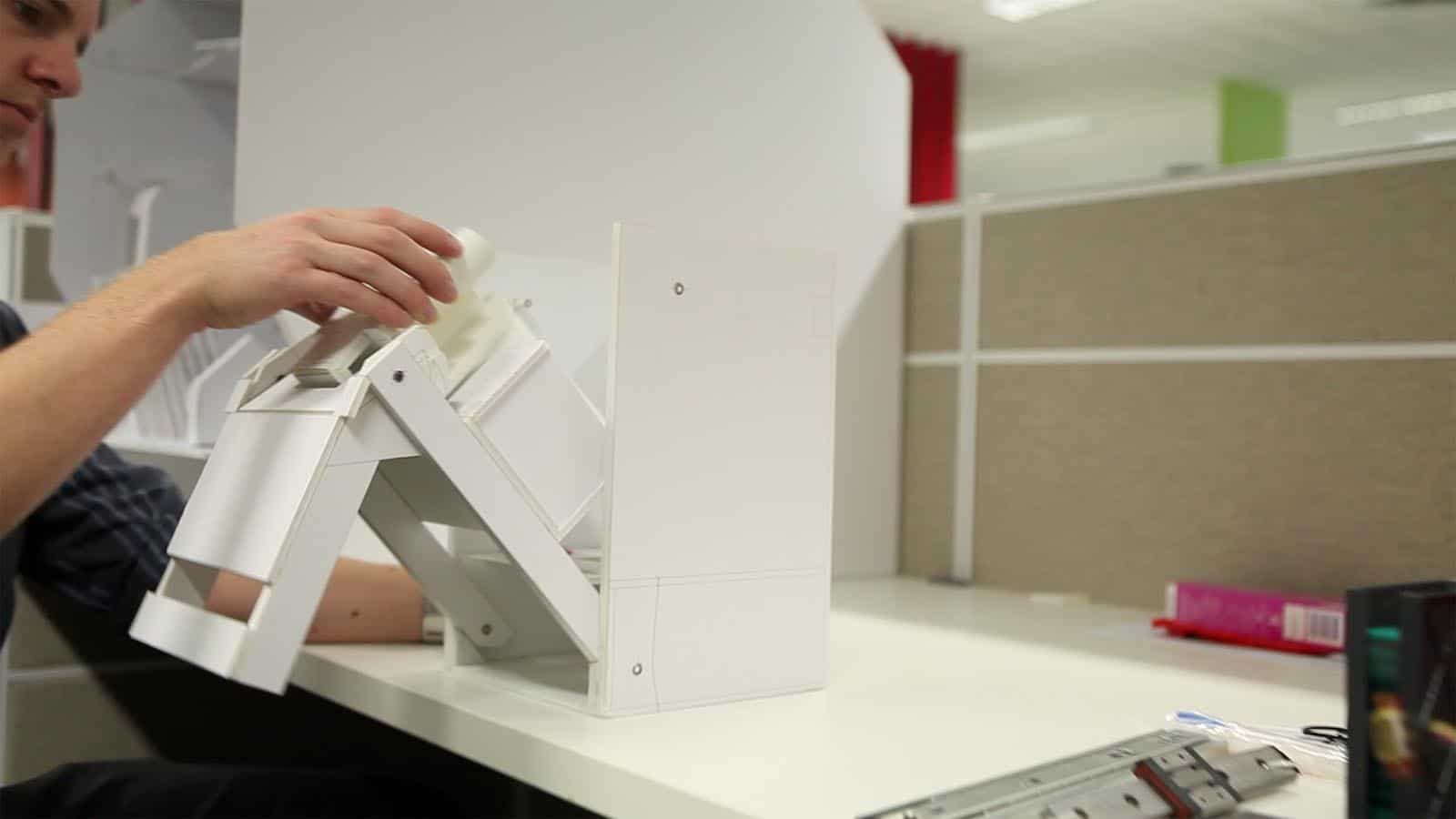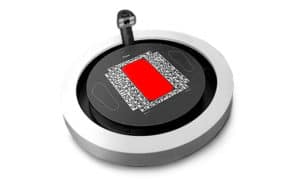Mass customization can be defined as a business strategy combining mass production’s benefits with the advantages of customization. In today’s highly competitive business landscape, where markets are flooded with similar products and services, companies constantly seek ways to differentiate themselves and create value for their customers. Mass customization is one approach that has gained significant traction. It allows companies to produce personalized products or services on a large scale, catering to individual customers’ unique needs and preferences. Essentially, it bridges the gap between mass production, where products are standardized, and full customization, where products are individually crafted.
Customization on a grand scale is an innovative business model. It means creating personalized products and services that cater to each customer’s individual needs. And you know what? The price doesn’t skyrocket! It remains just as affordable as mass-produced goods.
This clever strategy relies on a flexible manufacturing process. It harnesses the power of technology to craft items with special touches that set them apart from generic alternatives. By doing so, businesses gain an edge over their competition and boost their economic worth. Retail, financial services, software and technology, home construction, and interior design are just a few industries that embrace this made-to-order approach to satisfy customers.



 But some companies have taken one step further in the path of choice navigation, assisting the consumers more actively in the customizing process. For instance, at
But some companies have taken one step further in the path of choice navigation, assisting the consumers more actively in the customizing process. For instance, at 
